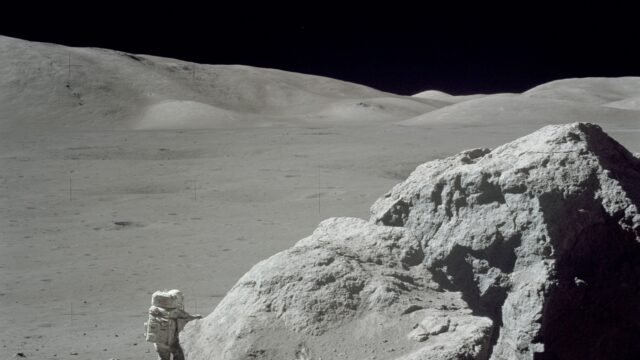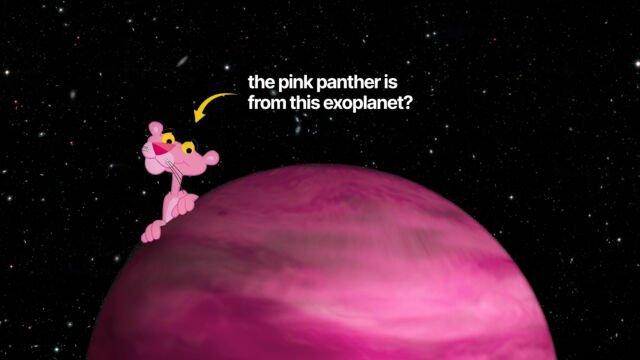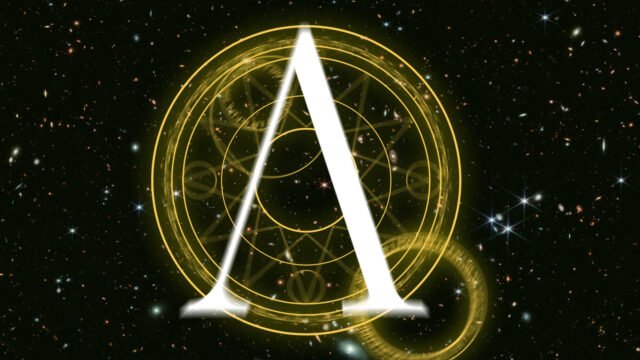The Cosmic Microwave Background (CMB) is the cooled residue of the first-ever light that could travel freely throughout the Universe.
Let us try and understand it better. Whenever we look up at the night sky, all we can see is the moon, stars, planets, and, if lucky, comets and meteors (though the light pollution has ruined all of our star-gazing experience).
It’s because the Universe is dark, black, and cold everywhere. But is that true? Is our Universe actually dark? And the answer is, No.
The Universe is filled with something called Cosmic Microwave Background radiation (abbreviated as CMB). But how do we know such a thing exists? It’s more widespread than we think.

If we tune an analog radio between different channels, we hear the noisy static buzz often. That noise is nothing but the radiation we are continually receiving from outer space that primarily consists of CMB radiation.

Yes, we were hearing the noise of the Big Bang all this time. But for Cosmologists, it was not just some annoying noise but the story of the creation of the Universe itself.
Discovery of Cosmic Microwave Background Radiation
The Discovery of CMB radiation dates back to 1941. A Canadian Astronomer Andrew McKellar measured the effective temperature of our Universe at 2.3 Kelvin, using CN stellar absorption lines observed by W. S. Adams, an American Astronomer.
Later theoretical works indicated the presence of Cosmic background radiation. In 1964, US Physicist Arno Penzias and Radio-Astronomer Robert Woodrow Wilson rediscovered the CMB as they experimented with the Holmdel Horn Antenna.

They were conducting the experiments for detecting radio waves bounced off from Echo balloon satellites, which were metalized balloons launched into space to redirect radio and microwaves.
The US Military used it for communication and setting ICBM’s targets. When they turned on the antenna, they found the background noise was 100 times stronger than expected and distributed evenly throughout the sky.
Then Physicist Arno Penzias came across a paper published by Jim Peebles on the possibility of finding radiation left over from an explosion that filled the Universe at the beginning of its existence.
Penzias realized he had made a big discovery by accident. In 1978 Penzias and Wilson won the Nobel Prize for their discovery.
This discovery was one of the most significant pieces of evidence supporting the Big Bang theory – the hot early Universe. Jim Peebles later won the Nobel Prize in 2019 for his work on Big Bang Theory and the Early Universe.
Origin of the Cosmic Microwave Background(CMB)
The universe started with the Big Bang around 13.82 billion years ago. The early universe had some really weird properties, so weird that even our current knowledge cannot describe them.
The temperature of the early Universe was around 1 billion degrees Celsius. Just in a few seconds, the four fundamental forces emerged that marked the inflation of the Universe, the temperature later decreased over time.
But still, the temperature was enough to prevent the formation of molecules for another 400,000 years.

At that time, the Universe was a hot soup of Baryons (electrons, protons, neutrons, leptons, et cetera) and photons.
Due to the high density of electrons, photons were trapped between them and never traveled in a straight line making the Universe opaque.
A 400,000 years after the Big Bang, the universe was now relatively cold enough for the formation of Hydrogen. The photons were now easily able to travel in a straight line making the universe transparent and dark.
At that time wavelength of photons belonged to the visible spectrum. But with the passage of time and expansion of the space itself, that wavelength red-shifted to the microwave spectrum that we observe today.
What does CMB reveal about the Universe?
The discovery of CMB radiation helped Cosmologists formulate the precise model of the Universe and also allowed looking back in time and figure out how exactly the Universe came into existence.
The temperature color of the CMB was the same as the predicted value of the Black body spectrum of the Big Bang model. If it was different, then Cosmologists had to formulate a new model of the Universe from scratch.
The CMB spectrum has become the most precisely measured black body spectrum in nature.
The radiation we measured came from what we call the surface of the last scattering. It is the set of locations in the Universe where decoupling events are estimated to occur.
The decoupling event occurred 300,000 years ago when the Universe cooled down enough so that atoms and molecules could form.
Since photons don’t interact with neutral atoms much, they both became independent, and we call it the decoupling of matter and radiation.

In 1989, NASA launched its Cosmic Background Explorer (COBE) mission, which conducted the first space-based full-sky mapping giving the first picture of the Universe.
It mapped the sky for four years and ceased its operation in 1993. NASA called it the ‘baby picture’ of the Universe.
This observation not just confirmed the Big Bang theory but also gave an insight into the cosmic structures woven across our Universe for the first time. COBE Scientists won the Nobel Prize for the discovery in 2006.
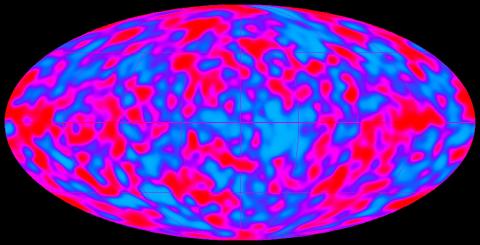
The sky was mapped again in 2003 with the help of the Wilkinson Microwave Anisotropy Probe (WMAP), launched in June 2001.
It was developed in the joint venture between NASA Goddard Space Flight Center and Princeton University, it gave a lot of information about our Universe.
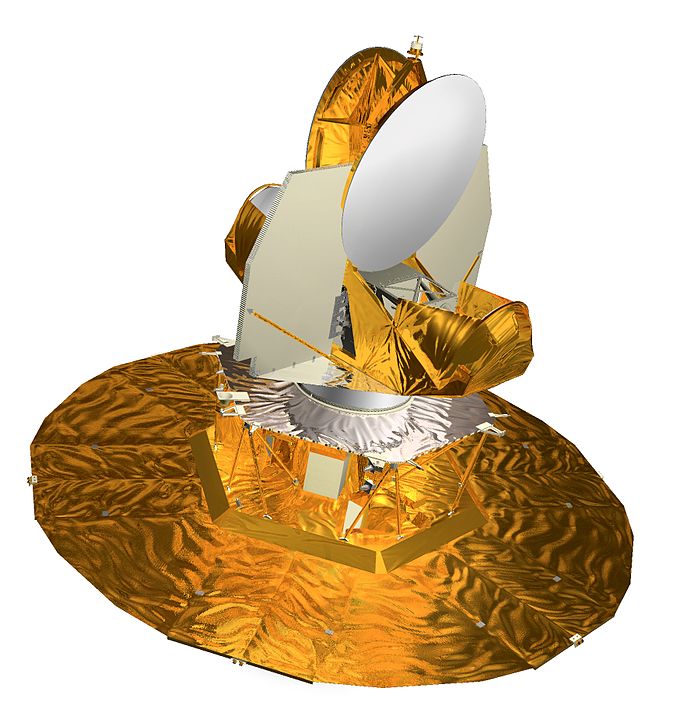
WMAP gave the precise measurement of atom density, which helped Cosmologists to take a glimpse of the early Universe when it was just a trillionth of a second old.
It also observed a strange asymmetry between the northern and southern hemispheres of the sky. They also found a cold spot in the southern hemisphere that was way bigger than expected.
These mysteries about Cosmic background radiation are still unsolved. It also measured the age of the Universe with a good precision of 1% that is 13.772 billion years.
It also calculated the rate of expansion of the Universe; it is about 69.32 kilometers per second for every million-parsec distance from the Observer.
Data transmitted by this probe helped in establishing the Lambda CMB model of the Universe and is claimed to be the most precise model of our Universe.
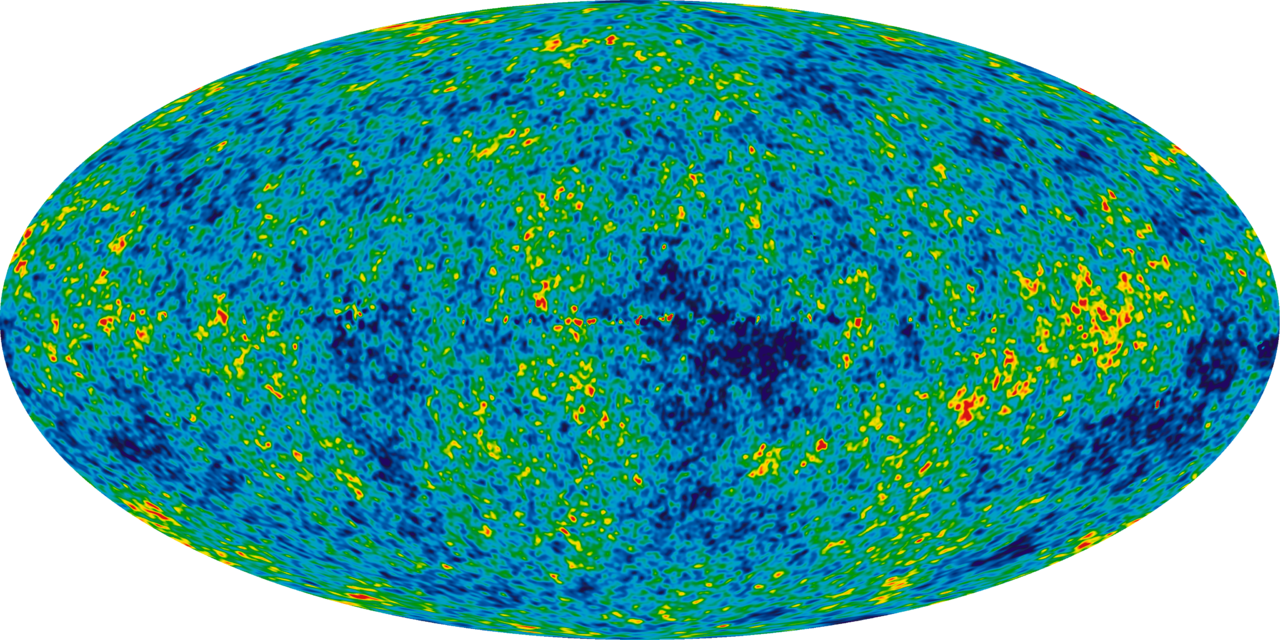
This mission won many prizes, including the ‘2018 Breakthrough prize in fundamental physics‘. Science magazine called it the ‘Breakthrough of the year 2003’.
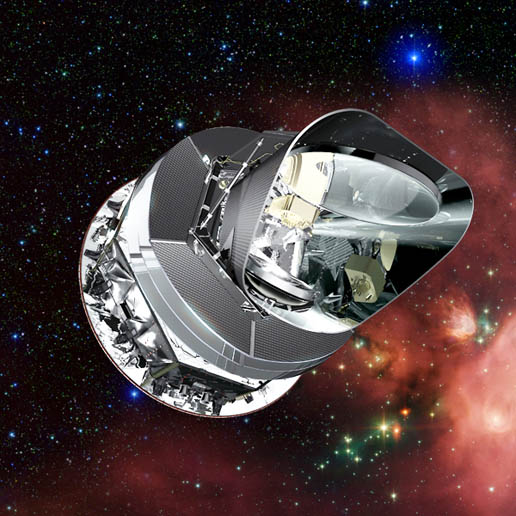
The year 2013 witnessed another mission to study the CMB radiation with more precision. ESA launched its space observatory Probe named Planck in 2009, which improved and refined the measurements of WMAP and defined the most precise measurements of cosmological parameters.

It precisely calculated the density of ordinary matter and dark matter. The Probe was built jointly by ESA and NASA. NASA played a significant role in the analysis of scientific data provided by the Probe.
Inconsistency regarding Cosmic Microwave Background
Studies done on CMB radiation unraveled a lot of secrets about the Universe. There are still lots of things on which Astronomers are pondering their heads over. One such thing is the expansion rate of the Universe.
ESA’s Planck mission estimated the Hubble Constant to be around 67 km per second per million parsec but, recent findings made by Supernova Ho for the Equation of State (SHoES) predicted it to be about 74.
The discoveries of the Atacama Cosmology Telescope in Chile were also found to reject the prediction made by the Planck telescope.

Astronomers call this famous discrepancy Hubble constant Tension, and it has been growing for years. The primary cause of this discrepancy is that Astronomers measured it by studying either the early Universe or the current Universe.
The problem with this is that the data given by both don’t seem to cope together. It leaves the scientists of both sides in anxiety. What can be concluded is that we still lack some or more understanding of Physics.
We need to look after some undiscovered exotic physics and the revision of our picture of the Cosmos.

